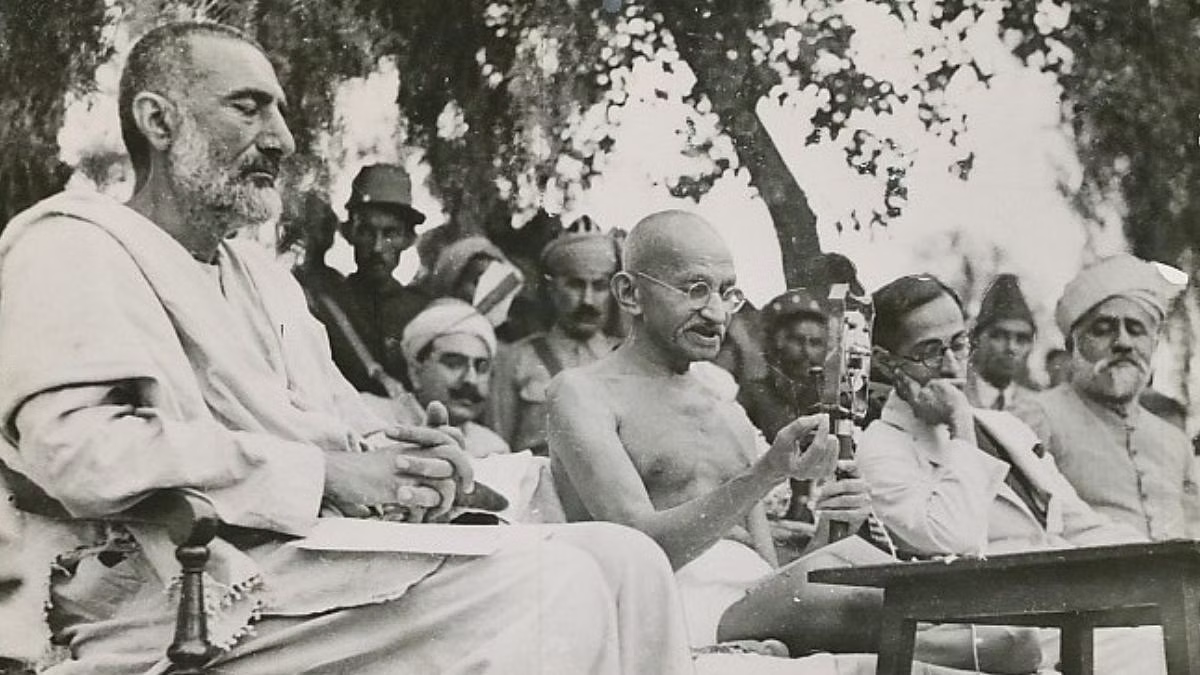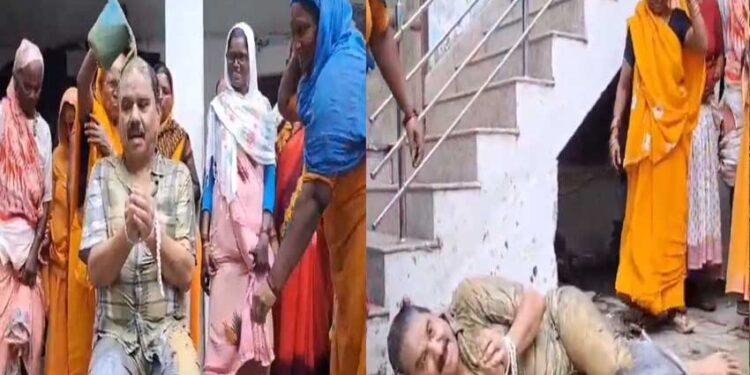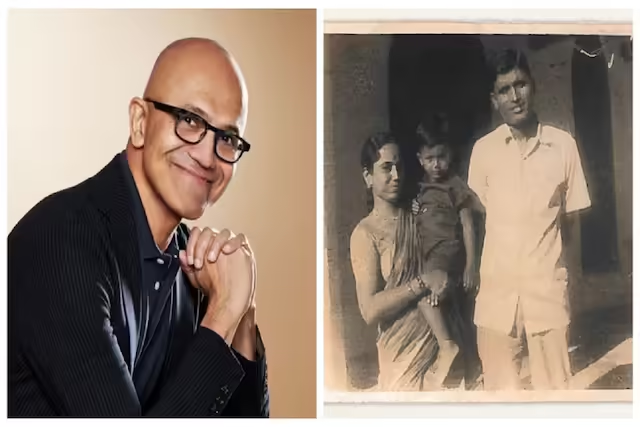Khan Abdul Ghaffar Khan (English: Khan Abdul Ghaffar Khan, born: February 6, 1890; death: January 20, 1988) was a great politician who participated in India’s freedom struggle and was called “Sarhadi Gandhi” (Frontier Gandhi) due to his work and loyalty. He came to be known as “Bacha Khan” and “Badshah Khan”. The most prominent and charismatic leader of the Pakhtuns (or Pathans; a Muslim ethnic group of Pakistan and Afghanistan) in the 20th century, he became a follower of Mahatma Gandhi and came to be known as ‘Marginal Gandhi’. Abdul Ghaffar Khan was born in a prosperous family.
Since childhood, he is a person of very strong nature, hence Afghans started calling him as ‘Bacha Khan’. You had immense influence on the tribes of the border province. Due to being a staunch follower of Gandhiji, he got the image of ‘Marginal Gandhi’. The humble Ghaffar always called himself just a ‘soldier of the freedom struggle’, but his admirers called him ‘Badshah Khan’. Gandhiji also used to address him like this. By participating in national movements, he has faced severe torture in jails many times. Still they did not turn away from their original culture. For this reason he had great affection towards India.
life introduction
Khan Abdul Ghaffar Khan was born on 6 February 1890 in Peshawar, then British India, now Pakistan. His great grandfather ‘Abdullah Khan’ was a very truthful and militant nature. His father ‘Bairam Khan’ was of a calm nature and was absorbed in devotion to God. He sent his son Abdul Ghaffar Khan to ‘Missionary School’ to get educated, the Pathans strongly opposed him. After completing his studies in missionary school, he came to Aligarh. His main work was to do social service during summer holidays. After completing his education, he engaged in the service of the country. Khan Abdul Ghaffar Khan, known as ‘Frontier Gandhi’, who is still fighting for the freedom of his people across the border, was against the British from the beginning.
Introduction to Gandhiji
Ghaffar Khan met Gandhiji during the 1919 movement against the Rowlatt Act, which allowed political dissidents to be detained without trial, and entered politics. The following year he joined the Khilafat movement, which strove for spiritual relations of Indian Muslims with the Sultan of Turkey, and in 1921 he was elected district president of the Khilafat Committee in his home province, the North-West Frontier Province.
Establishment of Khudai Khidmatgar
After attending a meeting of the Congress Party in 1929, Ghaffar Khan founded the Khudai Khidmatgar (Servants of God) and called for the Red Kurti Movement among the Pakhtuns. His first arrest on charges of rebellion was for 3 years. After that he got into the habit of enduring torture. After coming out of jail, he established an organization called ‘Khudai Khidmatgar’ to connect the Pathans with the national movement and intensified his movements even more.
supported congress
While the Muslim League did not provide any help to the Pakhtuns for this movement, the Congress gave them its full support. Therefore, he became a staunch Congressman and from here he became famous as a follower of Gandhiji. Khan taught Gandhiji’s lesson of ‘non-violence’ to the Pathans.
peaceful badshah khan
When the British imposed ‘martial law’ in Peshawar in 1919 AD. Abdul Ghaffar Khan proposed peace to the British, yet he was arrested. In 1930 AD, he was again sent to jail after leading the Satyagraha movement and was sent to the jail of Gujarat (at that time a part of Punjab). There he was introduced to other prisoners from Punjab. He read the scriptures of Sikh Gurus and studied Geeta in jail. Considering Hindu-Muslim unity as necessary, he organized classes on Geeta and Quran in the jail of Gujarat, where qualified Sanskrit scholars and Maulvis used to run the respective classes. Everyone was impressed by his company and everyone studied all the scriptures like Geeta, Quran and Guru Granth Sahib. Badshah Khan (Khan Abdul Ghaffar Khan) movement supported the non-violent national movement for Indian independence and tried to make the Pashtuns politically aware. By the late 1930s Ghaffar Khan became one of Mahatma Gandhi’s closest advisors and Khudai Khidmatgar actively supported the Congress Party until the partition of India in 1947. His brother Dr. Khan Saheb (1858-1958) was also close to Gandhi and an ally of the Congress movement. After the Gandhi-Irwin Pact of 1930, Abdul Ghaffar Khan was released and he started doing social work. In the provincial elections of 1937, the Congress obtained a majority in the Provincial Assembly of the North-West Frontier Province. Khan Saheb was elected the leader of the party and became the Chief Minister. He was arrested in the August Movement of 1942 AD and was released in 1947 AD. Ghaffar Khan, opposed to the partition of the country, decided to remain in Pakistan, where he continued to fight for the rights of the Pakhtun minority and for autonomous Pakhtunistan (or Pathanistan) within Pakistan. After the partition of India, his relations with India were broken but he did not agree with the partition of India in any way. His ideology was completely different from Pakistan. He continued the ‘Free Pashtunistan Movement’ against Pakistan throughout his life. He had to pay a heavy price for his principles, he remained in jail for many years and after that he had to live in Afghanistan. You were the center of attraction at the ‘Congress Centenary Celebrations’ of 1985. In 1970 he traveled across India. He returned to Pakistan in 1972. His memoir book “My Life and Struggle” was published in 1969.
Honors and Awards
Khan Abdul Ghaffar Khan was awarded India’s highest civilian honor ‘Bharat Ratna’ by the Government of India in the year 1987.
death
In 1988, the Government of Pakistan put him under house arrest in his home in Peshawar. He died on January 20, 1988 and as per his last wish, he was buried in Jalalabad, Afghanistan.






